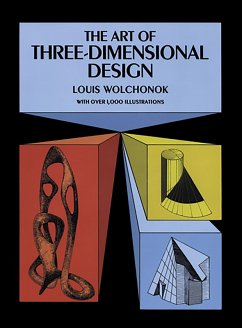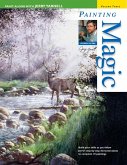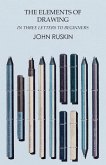Prepared by a nationally known teacher of art and design, this guide to the creation of space figures in design points out the countless possibilities inherent in the basic geometric surfaces and solids. It demonstrates how they can be transformed into three-dimensional design motifs, and it encourages the reader's imagination to envision in the round the space figures he draws and sketches as rough notations. It also shows how to reduce natural and man-made forms to their geometric equivalents and, by new combinations, create original three-dimensional products.
Mr. Wolchonok approaches his subject through an investigation of the properties of the various geometric surfacesplane, prismatic, cylindric, pyramidal, conical, spherical, ribbon and sheet surfaces and surfaces of revolutionand demonstrates ably how each of these can be modified, adapted, and transformed into many new forms. He shows how designs can be constructed from combinations of surfacesfor example, how intersections between cylinders, prisms and pyramids can be used in designing such objects as candelabras, receptacles, or table legs. He discusses repetition of motif and the rhythmic flow of surfaces; he describes and illustrates more than two hundred variations of human and animal forms that can be constructed in stone, clay, silver, brass, copper, or wood with combinations of three-dimensional geometric forms.
This book will be a source of constant reference for interior designers, sculptors, ceramists, silversmiths, product designers, architects, display craftsmen, furniture designers, and all those whose hobbies or professions make use of three-dimensional design.
Mr. Wolchonok approaches his subject through an investigation of the properties of the various geometric surfacesplane, prismatic, cylindric, pyramidal, conical, spherical, ribbon and sheet surfaces and surfaces of revolutionand demonstrates ably how each of these can be modified, adapted, and transformed into many new forms. He shows how designs can be constructed from combinations of surfacesfor example, how intersections between cylinders, prisms and pyramids can be used in designing such objects as candelabras, receptacles, or table legs. He discusses repetition of motif and the rhythmic flow of surfaces; he describes and illustrates more than two hundred variations of human and animal forms that can be constructed in stone, clay, silver, brass, copper, or wood with combinations of three-dimensional geometric forms.
This book will be a source of constant reference for interior designers, sculptors, ceramists, silversmiths, product designers, architects, display craftsmen, furniture designers, and all those whose hobbies or professions make use of three-dimensional design.
Dieser Download kann aus rechtlichen Gründen nur mit Rechnungsadresse in A, D ausgeliefert werden.
Es gelten unsere Allgemeinen Geschäftsbedingungen: www.buecher.de/agb
Impressum
www.buecher.de ist ein Internetauftritt der buecher.de internetstores GmbH
Geschäftsführung: Monica Sawhney | Roland Kölbl | Günter Hilger
Sitz der Gesellschaft: Batheyer Straße 115 - 117, 58099 Hagen
Postanschrift: Bürgermeister-Wegele-Str. 12, 86167 Augsburg
Amtsgericht Hagen HRB 13257
Steuernummer: 321/5800/1497
USt-IdNr: DE450055826
Bitte wählen Sie Ihr Anliegen aus.
Rechnungen
Retourenschein anfordern
Bestellstatus
Storno









